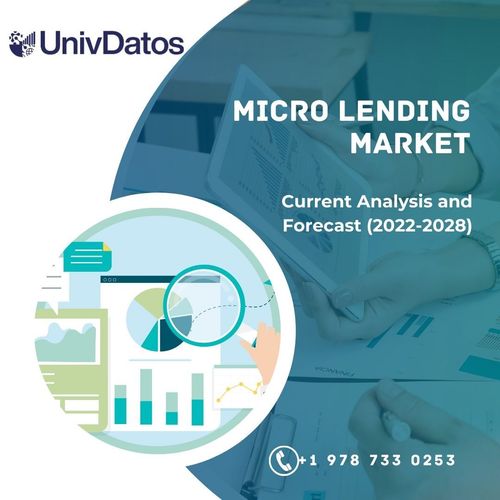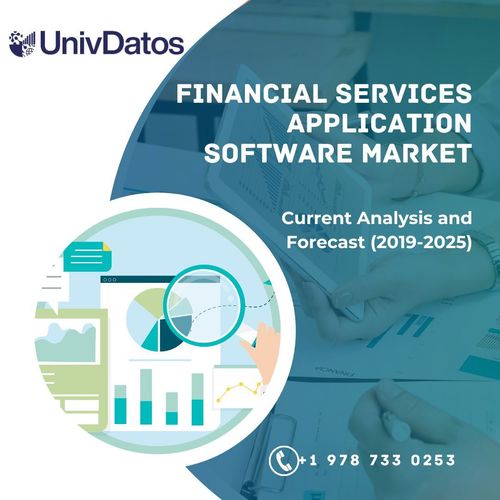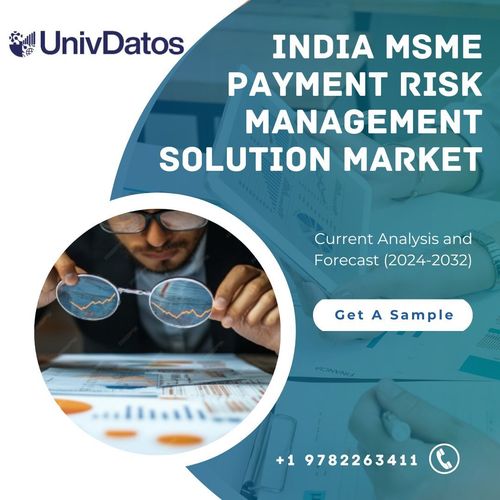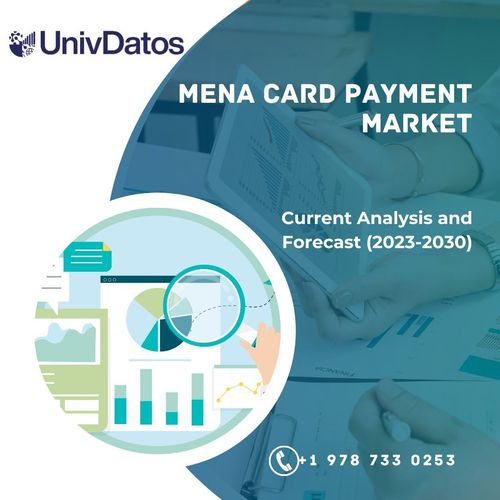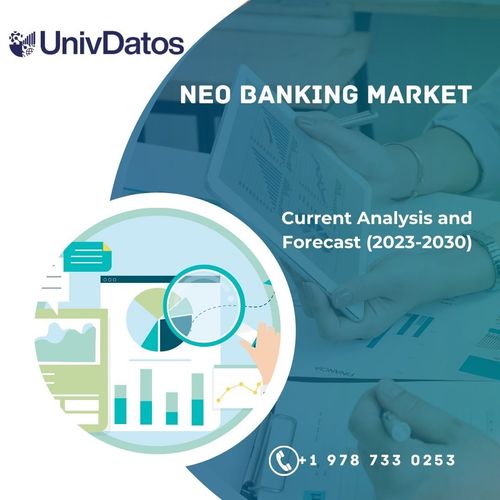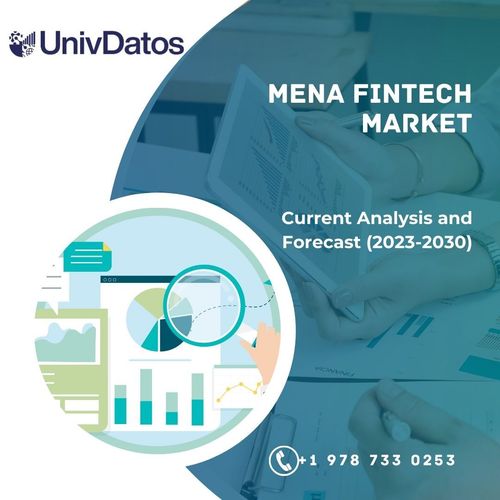MENA Card Payment Market: Current Analysis and Forecast (2023-2030)
Emphasis on Card Type (Credit Card, Debit Card, and Others); Application (E-Commerce, Food & Groceries, Health & Pharmacy, Media and Entertainment, and Others); Brand (Visa, MasterCard, and Others); Country.
Geography:
Last updated:
Apr 2024
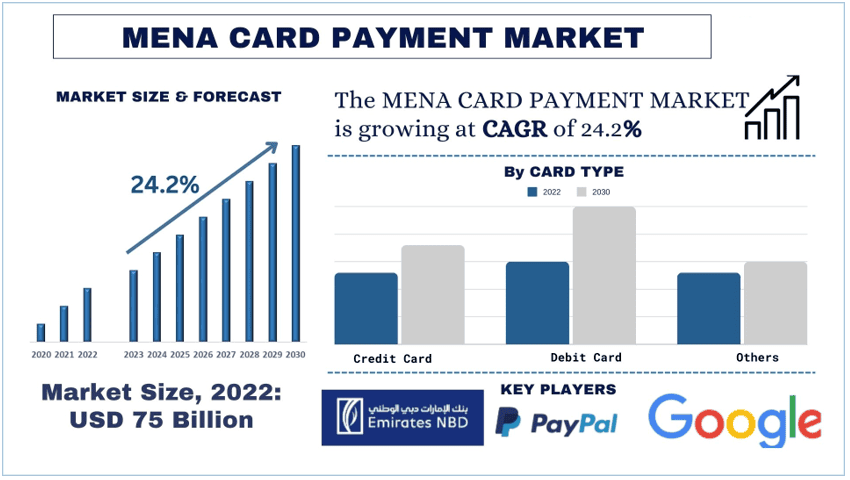
MENA Card Payment Market Size and Forecast
The MENA Card Payment Market was valued at USD 75,132.17 million in the year 2022 and is expected to grow at a strong CAGR of around 27.6 % during the forecast period 2023-2030.
MENA Card Payment Market Analysis
The MENA region, comprising diverse economies, presents a promising landscape for the card payment market. With a burgeoning population, rapid urbanization, and increasing internet penetration, the demand for digital payment solutions is on the rise. Governments across the region are actively promoting financial inclusion and digitalization, driving the adoption of card payments. Moreover, the young demographic profile and growing disposable income further fuel the growth prospects for card payments in the MENA region. As consumers seek convenience and security in transactions, the market is witnessing a shift towards electronic payments, offering ample opportunities for stakeholders. For instance, in October 2022, Tamara conducted transactions of USD 267 million in 2021, and it already has three million active users, according to Forbes Middle East.
Some of the major players operating in the market include Emirates NBD, PayPal, Google, ACI Worldwide, SAMSUNG, Commercial International Bank, QNB, Samba Bank Limited, BanqueMisr, KUWAIT FINANCE HOUSE Several M&As along with partnerships have been undertaken by these players to facilitate customers with hi-tech and innovative products/technologies.
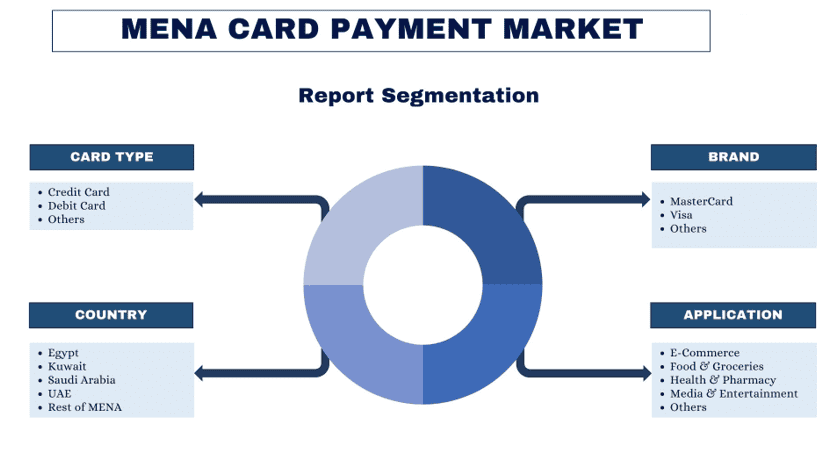
MENA Card Payment Market Trends
“Amongst card type, the credit card category dominates the MENA Card Payment market.”
Based on the card type, the market is segmented into credit card, debit card, and others. Among them, the credit card category dominates the MENA Card Payment market due to their widespread acceptance and convenience. With an increasing number of financial institutions offering credit card services and consumers embracing cashless transactions, credit cards have become the preferred mode of payment for many individuals and businesses across the region. Furthermore, credit cards often come with rewards programs and perks, further incentivizing their usage, and contributing to their dominance in the market.
“Amongst brand, the Visa category dominates the MENA Card Payment market.”
Based on the brand, the market is segmented into Visa, MasterCard, and others. Among them, the visa category dominates the MENA Card Payment market due to its global acceptance, security features, and diverse product offerings. Additionally, Visa’s innovative technologies, such as contactless payments and mobile wallets, have further enhanced its popularity among consumers seeking fast and secure payment options. As Visa continues to expand its presence and offerings in the MENA region, its influence on the card payment market is expected to remain strong.
“Saudi is expected to grow at a significant rate during the forecast period.”
Saudi Arabia stands out as a key player in the MENA card payment market. With ambitious economic reforms under Vision 2030, the country is witnessing a significant digital transformation. The government’s initiatives to enhance financial infrastructure, coupled with a growing tech-savvy population, are driving the adoption of card payments. Mobile wallet usage is gaining traction, supported by the proliferation of smartphones and advanced payment technologies.
Additionally, partnerships between financial institutions and fintech firms are fostering innovation in payment solutions, catering to evolving consumer preferences. The favorable regulatory environment and robust banking sector further contribute to the growth momentum of card payments in Saudi Arabia. For instance, Saudi Arabia-based Hakbah has raised 5.1 million USD in Series A funding, bringing the company’s funding raised to date to 9 million USD.
MENA Card Payment market Report Coverage
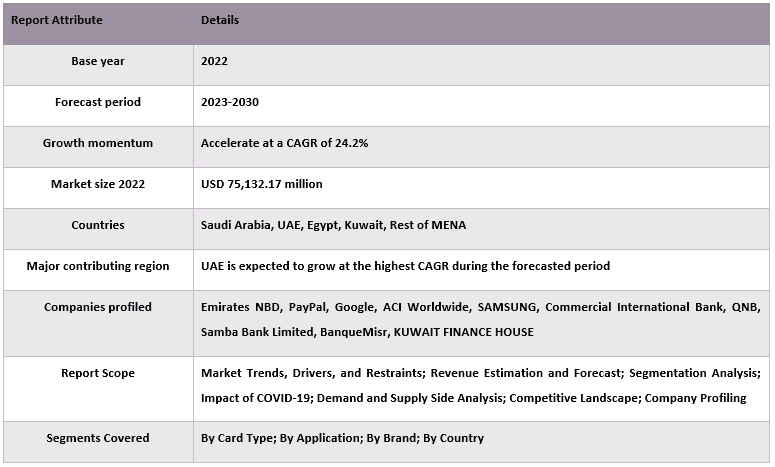
Reasons to buy this report:
- The study includes market sizing and forecasting analysis validated by authenticated key industry experts.
- The report presents a quick review of overall industry performance at one glance.
- The report covers an in-depth analysis of prominent industry peers with a primary focus on key business financials, product portfolios, expansion strategies, and recent developments.
- Detailed examination of drivers, restraints, key trends, and opportunities prevailing in the industry.
- The study comprehensively covers the market across different segments.
- Deep dive regional level analysis of the industry.
Customization Options:
The MENA card payment market can further be customized as per the requirement or any other market segment. Besides this, UMI understands that you may have your own business needs, hence feel free to contact us to get a report that completely suits your requirements.
Table of Contents
Research Methodology for the MENA Card Payment Market Analysis (2023-2030)
Analyzing the historical market, estimating the current market, and forecasting the future market of the MENA Card Payment market were the three major steps undertaken to create and analyze the adoption of Home Healthcare in major countries in MENA. Exhaustive secondary research was conducted to collect the historical market numbers and estimate the current market size. Secondly, to validate these insights, numerous findings and assumptions were taken into consideration. Moreover, exhaustive primary interviews were also conducted, with industry experts across the value chain of the MENA Card Payment market. Post assumption and validation of market numbers through primary interviews, we employed a top-down/bottom-up approach to forecasting the complete market size. Thereafter, market breakdown and data triangulation methods were adopted to estimate and analyze the market size of segments and sub-segments of the industry pertains to. Detailed methodology is explained below:
Analysis of Historical Market Size
Step 1: In-Depth Study of Secondary Sources:
Detail secondary study was conducted to obtain the historical market size of the MENA Card Payment market through company internal sources such as annual reports & and financial statements, performance presentations, press releases, etc., and external sources including journals, news & and articles, government publications, competitor publications, sector reports, third-party database, and other credible publications.
Step 2: Market Segmentation:
After obtaining the historical market size of the MENA Card Payment market, we conducted a detailed secondary analysis to gather historical market insights and share for different segments & and sub-segments for major regions. Major segments are included in the report as card type, application, and brand. Further country-level analyses were conducted to evaluate the overall adoption of testing models in that region.
Step 3: Factor Analysis:
After acquiring the historical market size of different segments and sub-segments, we conducted a detailed factor analysis to estimate the current market size of the MENA Card Payment market. Further, we conducted factor analysis using dependent and independent variables such as the card type, application, and brand of the MENA Card Payment market. A thorough analysis was conducted of demand and supply-side scenarios considering top partnerships, mergers and acquisitions, business expansion, and product launches in the MENA Card Payment market sector across the globe.
Current Market Size Estimate & Forecast
Current Market Sizing: Based on actionable insights from the above 3 steps, we arrived at the current market size, key players in the MENA Card Payment market, and market shares of the segments. All the required percentage shares split, and market breakdowns were determined using the above-mentioned secondary approach and were verified through primary interviews.
Estimation & Forecasting: For market estimation and forecast, weights were assigned to different factors including drivers & trends, restraints, and opportunities available for the stakeholders. After analyzing these factors, relevant forecasting techniques i.e., the top-down/bottom-up approach were applied to arrive at the market forecast for 2030 for different segments and sub-segments across the major markets globally. The research methodology adopted to estimate the market size encompasses:
- The industry’s market size, in terms of revenue (USD) and the adoption rate of the MENA Card Payment market across the major markets domestically
- All percentage shares, splits, and breakdowns of market segments and sub-segments
- Key players in the MENA Card Payment market in terms of products offered. Also, the growth strategies adopted by these players to compete in the fast-growing market.
Market Size and Share Validation
Primary Research: In-depth interviews were conducted with the Key Opinion Leaders (KOLs) including Top Level Executives (CXO/VPs, Sales Head, Marketing Head, Operational Head, Regional Head, Country Head, etc.) across major regions. Primary research findings were then summarized, and statistical analysis was performed to prove the stated hypothesis. Inputs from primary research were consolidated with secondary findings, hence turning information into actionable insights.
Split of Primary Participants in Different Regions
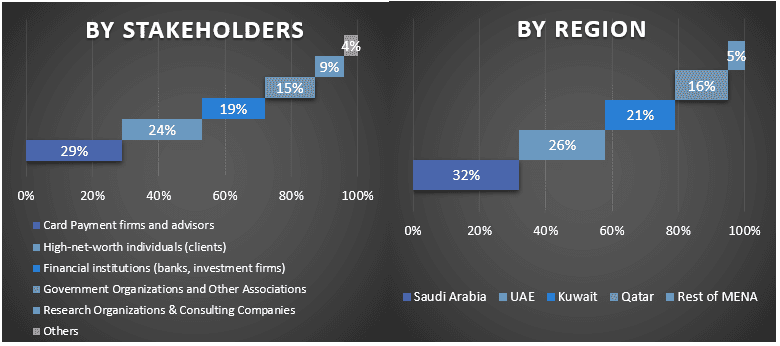
Market Engineering
The data triangulation technique was employed to complete the overall market estimation and to arrive at precise statistical numbers for each segment and sub-segment of the MENA Card Payment market. data was split into several segments and sub-segments after studying various parameters and trends in the areas of the card type, application, and brand in the MENA Card Payment market.
The main objective of the MENA Card Payment Market Study
The current & and future market trends of the MENA Card Payment market were pinpointed in the study. Investors can gain strategic insights to base their discretion for investments on the qualitative and quantitative analysis performed in the study. Current and future market trends determined the overall attractiveness of the market at a regional level, providing a platform for the industrial participant to exploit the untapped market to benefit from a first-mover advantage. Other quantitative goals of the studies include:
- Analyze the current and forecast market size of the MENA Card Payment market in terms of value (USD). Also, analyze the current and forecast market size of different segments and sub-segments.
- Segments in the study include areas of the card type, application, and brand.
- Define and analyze the regulatory framework for the surgical instrument
- Analyze the value chain involved with the presence of various intermediaries, along with analyzing customer and competitor behaviors of the industry.
- Analyze the current and forecast market size of the MENA Card Payment market for the major region.
- Major countries of regions studied in the report include Asia Pacific, Europe, North America, and the Rest of the World
- Company profiles of the MENA Card Payment market and the growth strategies adopted by the market players to sustain in the fast-growing market.
- Deep dive regional level analysis of the industry.
Frequently Asked Questions FAQs
Q1: What is the current market size and growth potential of the MENA Card Payment market?
Q2: What are the driving factors for the growth of the MENA Card Payment market?
Q3: Which segment has the largest share of the MENA Card Payment market by application?
Q4: What are the emerging technologies and trends in the MENA Card Payment market?
Q5: Which region will dominate the MENA Card Payment market?
Q6: Who are the key players operating in the MENA Card Payment market?
Related Reports
Customers who bought this item also bought


